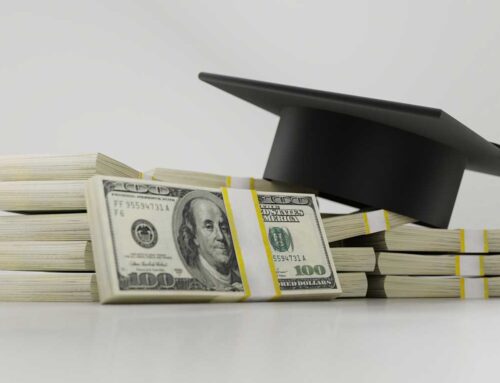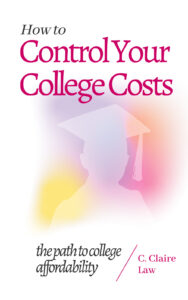I felt compelled to reply to this editorial claiming the taxpayer is bailing out students with loans in the August 11, 2013 in the Wall Street Journal: The Rolling Student Loan Bailout
The trillion dollar student loan debt results from the cumulative borrowing over the last few decades. Let’s not confuse political administrations with facts. The genesis of this problem pre-dates the current administration. Consider that students don’t have to start paying their undergraduate Stafford loans until six months after they graduate or leave college. In most situations undergraduate students can’t borrow but a fraction of the costs through Stafford loans. Loan defaults are often a result of accrued interest on interest over time, most likely after forbearance or deferment periods are exhausted. The payments then become insufficient to amortize the compounded interest and fees on these loans.
The current repayment plans such Income-Based Repayment Plan (IBR) and Pay As You Earn attempt to prevent negative amortization when the borrower’s income is low and likely to remain so. If borrowers work for a non-profit, like a church or school, they will have the loan balance forgiven after 25 years of making regular payments. By extending the pay period beyond the standard ten years the working poor are paying three-four times the original amount. Then the balance forgiven becomes a taxable event. They pay tax on that amount forgiven. These payment plans don’t go far enough to address the old debt because they apply only to new borrowers and only to the federal Stafford loan and PLUS loans signed for by students. They don’t apply to the PLUS loan signed for by parents or the mega-private loans that parents and graduate students took out decades ago. That debt is simply ignored like it doesn’t exist, and may be far greater than the loans signed for by students and recorded by the Federal agency, NSLDS.
Prior to 2010, under FFELP, loans were a huge money-maker for commercial lenders, originators, guarantors, state loan authorities and servicers who could not afford to stay out of the federally guaranteed student loans. As college costs increased, parents signed for a larger parent loan, often borrowing from the equity in their home, retirement or life insurance. It’s likely that by ending FFELP and cutting out the commercial middle-man, the government is making money now despite the defaults, because student loans are not dischargeable even in bankruptcy, so they follow the borrower for life. These income based repayment plans are not encouraging student to disregard the cost of their education at the taxpayers’ expense as the article claims. These borrowers try to pay the alternative loans first because commercial lenders want their money, are more coercive in their tactics to get it, and students are incredibly pressured to pay those first. This results in our young people being unable to buy a car to get to a better job, buy a house and build equity instead of renting, and become taxpayers who contribute to society.






